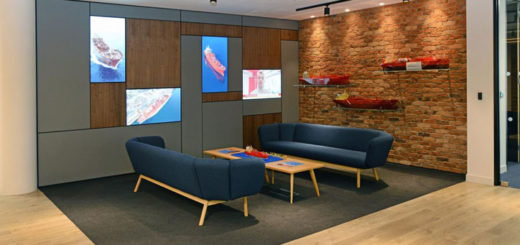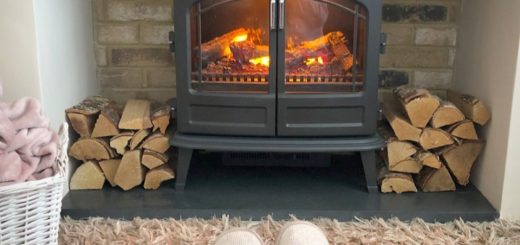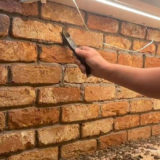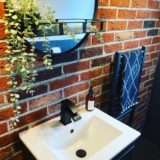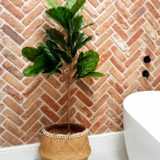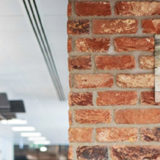Mortar… that seemingly simple paste that holds bricks and tiles together, yet, when you dig deeper, its role is far from minor. Especially when it comes to brick tile mortar, understanding its nuances can ensure your brick tiles not only look great but also stand the test of time. Dive in with us!
Understanding Mortar in the World of Bricks
The Role of Mortar
Mortar is the unsung hero in brickwork. It binds tiles or bricks, ensuring structural integrity, and fills gaps, preventing moisture penetration and providing insulation.
Types of Mortar
There are various types of mortar, standard, historic, lime based portland mortars, each designed for specific colours and environments. The choice often depends on the brick or tile type, as well as the desired finish.
The Specifics of Brick Tile Mortar
Composition and Features
Brick tile mortar, specifically tailored for brick tiles, typically contains a mix of cement, sand, and specialised additives. These additives can improve adhesion, flexibility, and resistance to environmental factors.
Benefits over Traditional Mortar
- Enhanced Adhesion: Crafted for tiles, this mortar provides a stronger bond.
- Flexibility: It can accommodate slight movements, reducing risks of cracks.
- Water-Resistance: Often more resistant to moisture, preventing seepage behind tiles.
Practical Tips for Applying Brick Tile Mortar
Preparing the Surface
For optimal adhesion, ensure the surface is clean, dry, and free of debris or loose particles.
Mixing the Mortar
Follow manufacturer instructions. Typically, you’ll mix the dry mortar with water until it reaches a thick, paste-like consistency. Be aware not to mix up to much in one batch as it will start to set as soon as it’s mxied. So small batches seem to work best.
Applying the Mortar
Using a trowel, spread an even layer of the mortar on the surface, then press the brick tile onto it. Adjust as needed and wipe away excess mortar immediately.
Common Mistakes and How to Avoid Them
- Too Much Water: A runny mortar mix weakens the bond. Always adhere to recommended water proportions.
- Letting Mortar Dry on Tiles: This can stain or damage the tile. Always clean excess promptly.
- Ignoring Cure Times: Allow mortar to set as per manufacturer recommendations before grouting or applying pressure.
Conclusion: Laying Down the Foundations
Brick tile mortar is more than just a binding agent. It’s the foundational element that ensures your brick tiles remain steadfast and pristine. With the right knowledge, tools, and patience, your brick tile project can shine both in aesthetics and durability.
FAQs
- Can I use regular mortar for brick tiles?
Yes, While it’s possible, brick tile mortar is specifically designed to cater to the needs of brick tiles because you get a consistant colour mix every time. - How long does brick tile mortar take to dry?
Usually 24-48 hours, but it’s always best to refer to the manufacturer’s guidelines of the specific mortar you bought from us. - Is brick tile mortar waterproof?
Most are water-resistant, but not entirely waterproof. A sealant might be required for areas with constant water exposure like that of kitchens or bathrooms. - Can I paint over brick tile mortar?
Yes, once it’s fully cured. However, ensure the paint is suitable for masonry. - What’s the shelf life of brick tile mortar?
Unopened, it can last up to a year. Once opened, it’s best to use within a few months. Always check for signs of hardening or separation.








